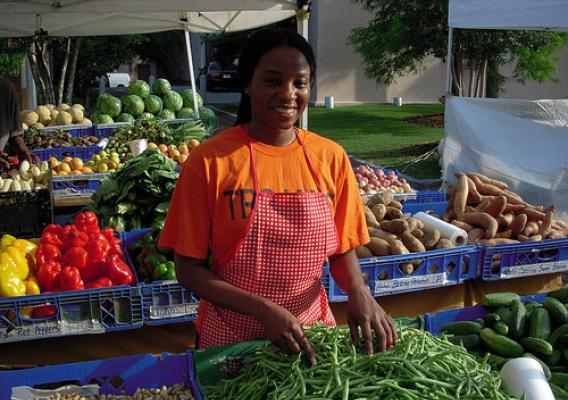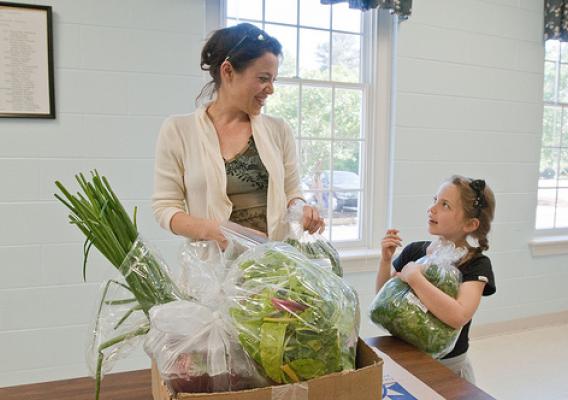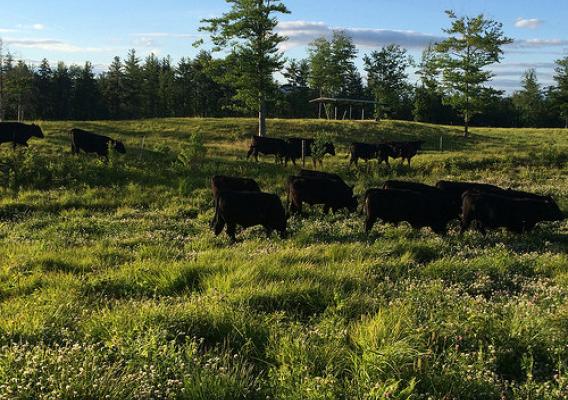What a great time of year to visit your local farmers market! From root crops such as beets, carrots and radishes to salad greens like Swiss chard, lettuce and spinach—farmers markets are full of fresh ingredients that you can use in your favorite fall recipes. My agency, the Agricultural Marketing Service, maintains the USDA's National Farmers Market Directory, where you can search for local markets and discover where to get your squashes, pumpkins, pears and apples. There are over 8,200 farmers markets listed with their locations, operating hours and other details, providing a simple and easy way for consumers and producers around the country to find each other.
Local and regional food systems, including farmers markets, are one of USDA's four key pillars to revitalize rural economies and improve access to fresh, healthy food for millions of Americans. Last month, I announced that AMS was building three new local food directories for food hubs, community-supported agriculture operations and on-farm markets. I asked local food enterprises to go online and list the details of their businesses in the new directories—and they responded!









